
Sauternes and Barsac Chateaux open day wine tasting
At the beginning of November, the Sauternes and Barsac Châteaux opens its doors for a weekend in which more than 50 estates welcome the public to sample their wines.

© Moissac Tourisme
Situated at the confluence of the rivers Garonne and Tarn at the Canal de Garonne
The main town of the area between 1800 and 1926, it was all but destroyed during the floods of 1930, which caused devastation across the entire south west of France and counted as a 100 year flood.
Fortunately, the Romanesque architectural gem of a church that is the Abbaye Saint-Pierre survived. With its incredible sculptures, it was the inspiration for many of the region's churches, is cited on the route to Santiago de Compostela, and is a UNESCO World Heritage site.

At the beginning of November, the Sauternes and Barsac Châteaux opens its doors for a weekend in which more than 50 estates welcome the public to sample their wines.

The association Les Grandes Heures of Saint-Emilion offer you high quality classical concerts held within the magnificent wine estates of Saint-Emilion.
There is legend and then there are historical records, both of which tell a different story of the foundation of the abbey. Legend tells it was founded by the Frankish King Clovish in 506 when he threw his javelin from the top of the hill to mark the spot where the "abbey of a thousand monks" was to be built. However, historical records show it was founded by Saint Didier, bishop of Cahors in the middle of the 7th century.
Since its establishment it's been raided by Moors from the south and west, and the Norsement of the north, sacked by the Arabs of al-Andulas twice around 732, and in the 9th century it was looted by Norman pirates and then by the Hungarians in the 10th century. So you could say it's had its fair share of drama to contend with.
It was extended, had Papal visits and various ruling abbots throughout the 11th, 12th and 15th centuries, with the French Revolution in 1793 putting an end to the monastic life in Moissac. In 1808 Napoleon decreed the town be attached to the new department of Tarn et Garonne.
Today the abbey church is relatively in tact and functions as an active church, but the outlying buildings have suffered. Since 1998 the church and cloisters have had international protection as part of a World Heritage Site "Routes de Santiago de Compostela in France".
Founded by Saint Didier in the 7th century, this abbey really didn't flourish until the 11th century when the town was linked to the Anney of Cluny.

This short stretch of Voie Verte (greenway) is perfect for families looking to stretch their legs in the Dordogne countryside, without having to conquer any hills climbs.

This Voie Verte (greenway) has been created along the track of an old and now unused railway line.
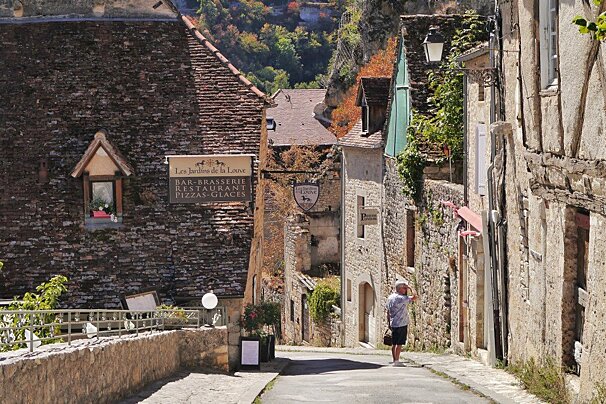
Although just 25km this circular route from Rocamadour does cross some challenging terrain. Partly on river path and some parts on road, you will need to have some experience of cycling to enjoy this route fully.

A 23km trail that follows the Isle river through the Perigord countryside from Trelissac (Charrieras) to Marsac (La Roche).
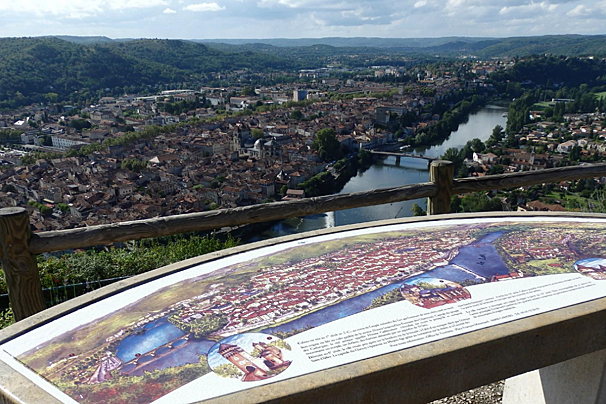
With stunning views over the Lot river and the town of Cahors this walk is worth it just to enjoy the views.
Part of a long distance towpath, there is an interesting section cut out of the rocky cliff face between Bouziès and Saint-Cirq Lapopie which was used to drag barges along the river Lot. It's about five kilometres between the two villages and is a stunning section of the river.
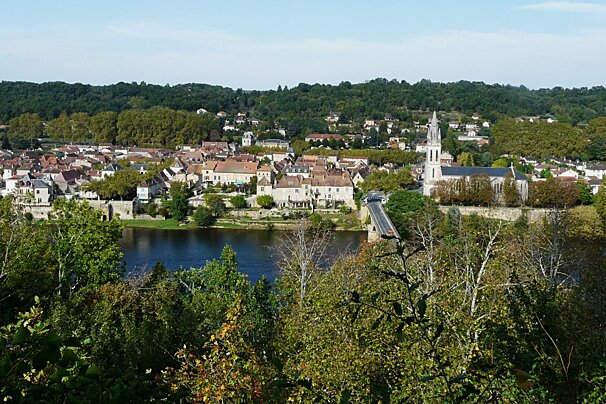
Following part of the GR6 route through the Dordogne this walk takes you from Lalinde on a circular route through the surrounding countryside.
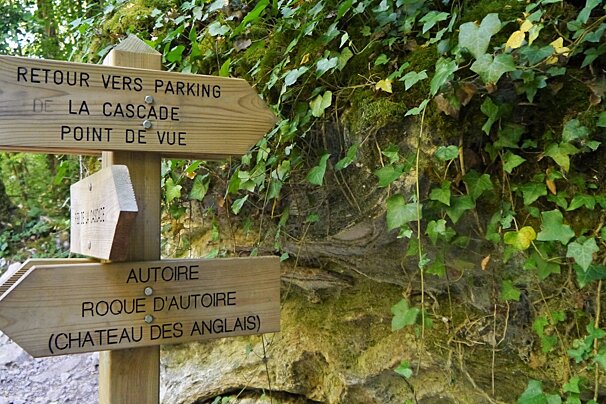
This walk is wonderful and relaxing way to explore the valley of Autoire and the horseshoe shaped cliff band that guards it to the south-west.

A 23km trail that follows the Isle river through the Perigord countryside from Trelissac (Charrieras) to Marsac (La Roche).
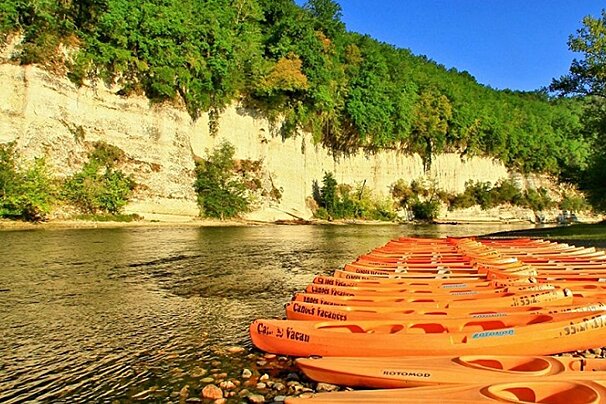
Enjoy a single or multi-day trip down the river Dordogne to town such as Beynac, Castelnaud, Montfort and Fayac.

Hire a canoe or kayak from this company and you can enjoy a gentle river cruise and the chance to explore the wonderful Dordogne river and its banks.
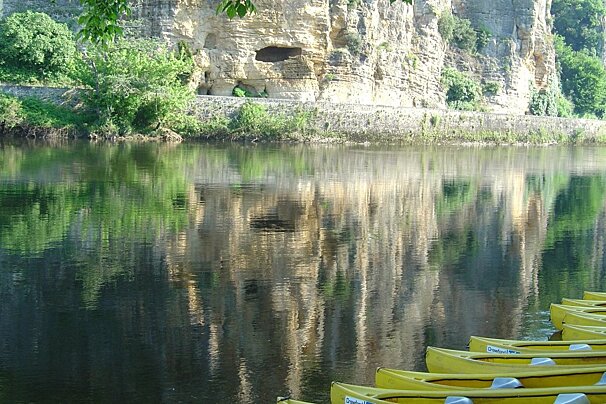
Offering various routes along the Dordogne river to enjoy the sights of the Perigord Noir region. Discover hidden treasures during a relaxing journey down the river.

Enjoy a relaxing day close to nature as you canoe along the river and explore the waterways of this UNESCO World Biosphere Reserve.
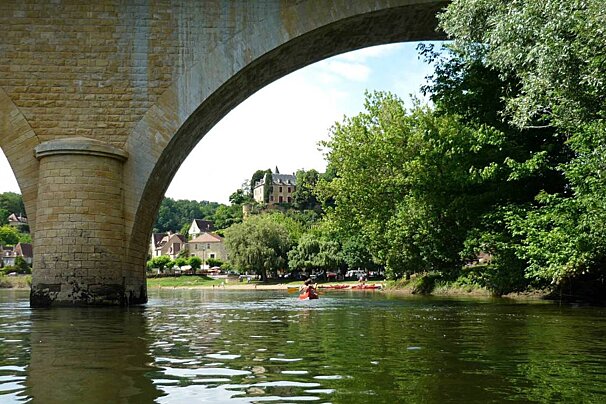
With family, in a group, with friends and at any age, you can explore at your own pace two of the most beautiful rivers of Périgord.
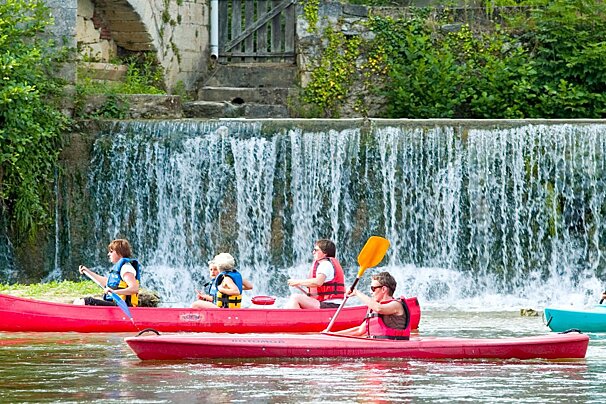
Easy canoeing for everybody. You can navigate with family or friends in peace. You’ll be given a solid equipment, stable canoes and buoyancy aids.

A restorative, rural retreat is the most befitting way to describe Tourondel. Tucked away on a hillside in the glorious Lot countryside, it is a bolthole for those wishing to escape the hustle and bustle of daily life, an open invitation to relax, drink in the views and enjoy the peaceful sounds of nature.
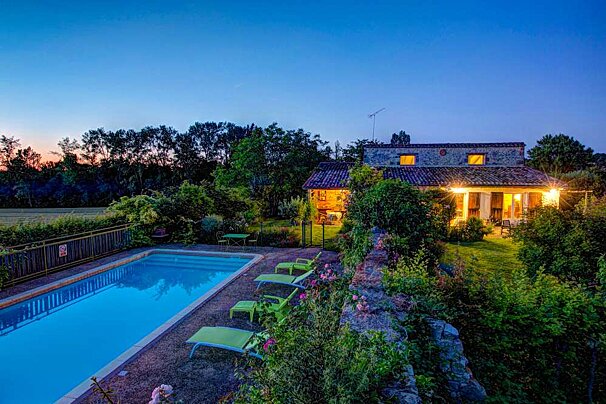
A sparkling retreat which offers something for everyone, Pech Marty will delight all who stay there. Set in spacious grounds with views over the surrounding countryside towards the 'bastide' town of Monflanquin, this lovely stone building has been sympathetically restored to become a most relaxing and comfortable 'home from home'.
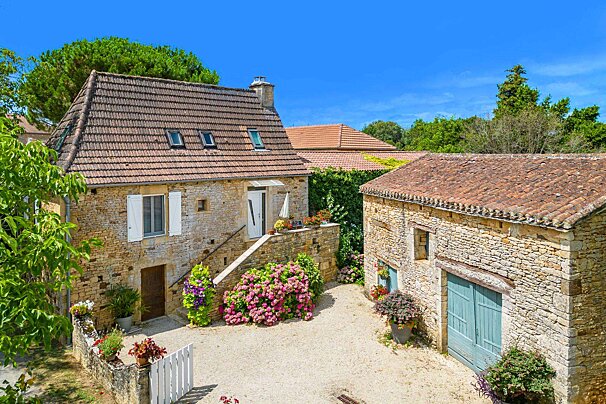
The undulating countryside north of the River Lot is dotted with chestnut woods and stone villages. In a tiny hamlet, close to the border with the Dordogne (3km), sits La Maison Fleurie, a picturesque stone cottage, adorned with pots of colourful flowers.
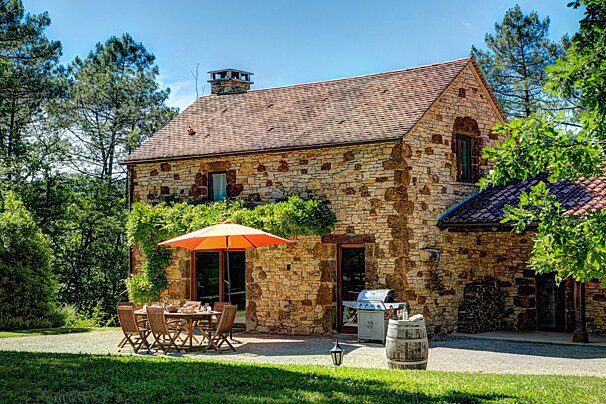
A haven of tranquillity, Lou Calvel sits within private woodland in the picturesque Lot region of South West France where the densely forested landscape teems with a rich diversity of flora and fauna. Hedgerows of bluebells, posies and colourful orchids provide both walkers and keen photographers with much to admire while local market stalls always offer a wealth of freshly harvested, seasonal produce including asparagus, herbs and a wide variety of wild mushrooms.

This recently renovated semi-detached stone village house is a delightful addition to our collection of properties in the picturesque Dordogne region. Situated along one of the narrow lanes in the village of Prats-du-Périgord, La Croix is a restoration that blends the traditional with the contemporary to great effect.

Surrounded by a patchwork of fields and forests in the picturesque Perigord Noir area, the charming village of Prats-du-Perigord, with its honey coloured stone buildings topped with pitched roofs of deep red tiles, is most typical of the region.